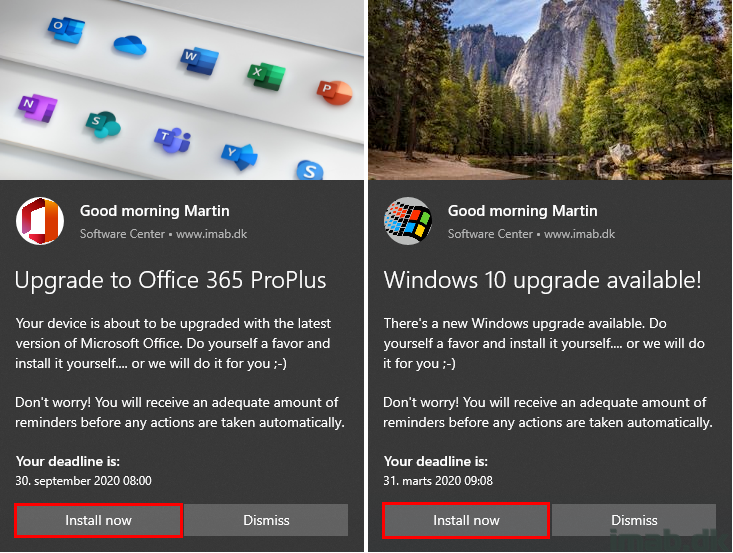

Ini files are a bit dated, but are simple to read and use.Tools like PSRemoteRegistry make this simple to work with remotely, unlike the registry PSProvider.
#Powershell xml tools windows#
I wouldn’t pick it, but it’s used by many applications and is familiar to most Windows administrators. Not sure why you would chose this over an existing data format.

Not as widespread cross-platform support or tooling as XML.Implemented in libraries across several languages.Syntax is more efficient and less verbose than XML.Avoid external dependencies (in PowerShell 3 or later).Built in Cmdlets: ConvertFrom-Json, ConvertTo-Json (PowerShell 3 or later).JSON is a lightweight data format common in modern web APIs. Mastering everyday XML tasks in PowerShell.If it only supports XML, you don’t have a choice Import and Export CliXml are simple to use In all other cases I pick an alternative. # Deserialize the data $File = Import-Clixml -Path C:\XML.xml # Serialize some data to disk Get-Item C:\Windows\explorer.exe | Stores data with more than one layer of depth.CliXml functions provide simple serialization and deserialization.

Wide cross-platform support and tooling.Built in Cmdlets: Import-CliXml, Export-CliXml, ConvertTo-Xml.XML is a tried and true format, but is a bit inefficient and ugly. Bear in mind the the lessons of the configuration complexity clock. For example, you might have an ad hoc JSON file, or a formal schema describing your JSON.įor each solution you design, consider your needs, priorities, and constraints, and pair them up with one of these formats. Keep in mind these can vary wildly even within a single format. Let’s take a peak at these from a high level. Let’s list off a few common data formats we could use. The most common follow-up questions seemed to be why yaml? or why not ? This is a quick hit on the many data formats you can use from PowerShell.ĭisclaimer: I know very little about data formats, their intended uses, or their benefits or caveats. You define what you want deployed in a configuration file, it does the rest. I recently wrote PSDeploy, a quick-and-dirty module to abstract out PowerShell based deployments.


 0 kommentar(er)
0 kommentar(er)
